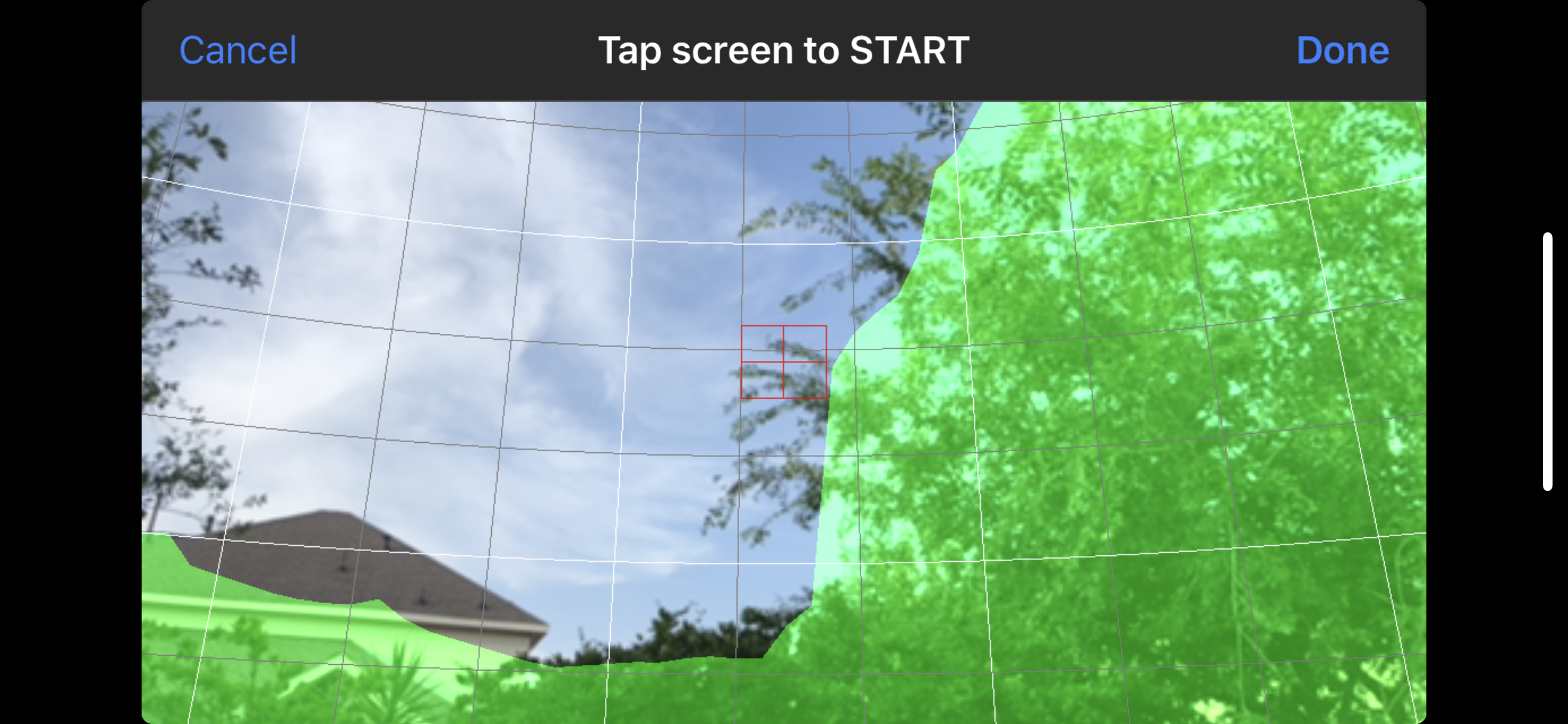Here's another well done, simple, and focused astronomy application that's been recently added to the App Store. Double Stars, as it's name implies is a quick way to look up and keep track of your double star viewing. What makes this app so special is that you can go on a Sky Tour of the night sky. Double Stars points out the best double stars that are visible from your location, and sets you up with challenges to see if you can split (magnify the stars enough so that they appear as the two stars that they really are) the nights doubles.
The sky tour has a nice location assistant feature which uses your phones gyroscope and GPS to locate your position, and let you rotate around and to the correct altitude to easily find the star pair.
This handy application can be a lot of fun at a star gazing party, or right in your back yard. Mark your favorite double stars, and mark if you were able to split them with your equipment. It can be downloaded through the iPhone App Store.





















